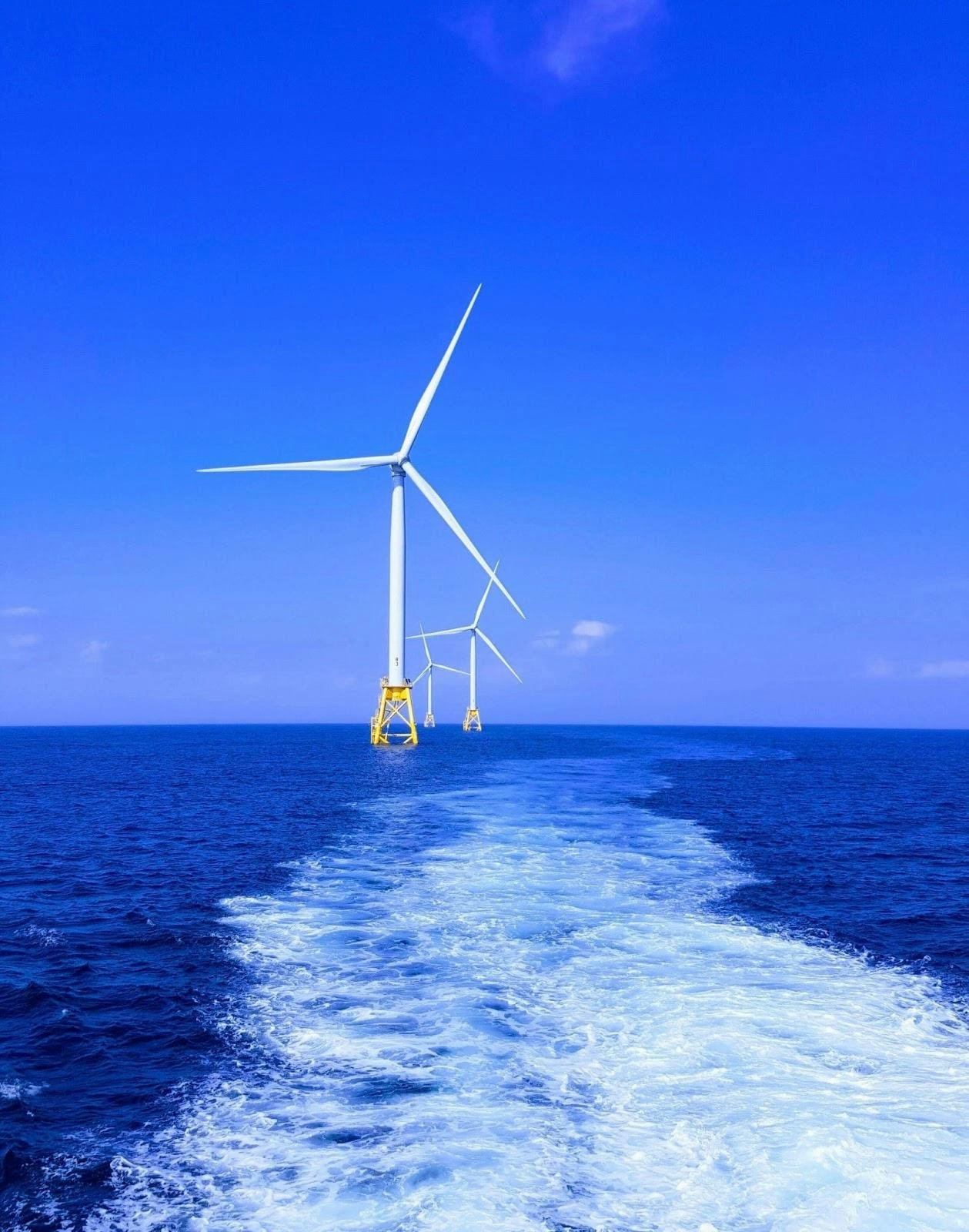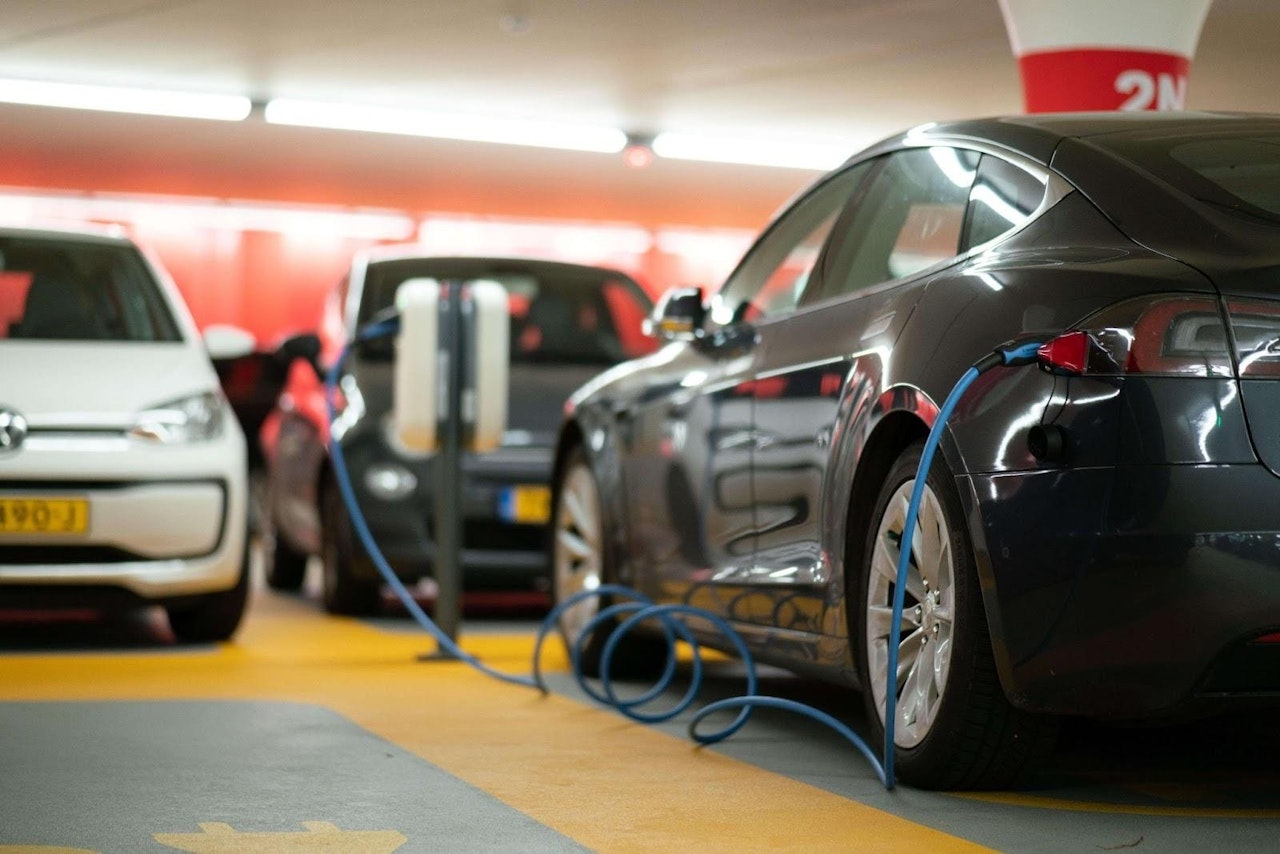- Solar energy blog
- Renewable energy in Latin America: 5 trends to be aware of
Renewable energy in Latin America: 5 trends to be aware of


Izei Atxalandabaso
Business developer
I was born in a small coastal town near Bilb(a)o called Sopela. Before joining RatedPower I worked for a year in the Spanish Economic and Commercial Office in Ecuador and for two years in Deloitte (Bilbo).

Content
The growth of renewable energy in Latin America is key to the region meeting its goals for economic development and addressing climate change. The region already generates around 25% of its energy from renewables, largely hydropower and biofuels. However, there’s potential to tap into its solar and wind resources, which accounted for only 16% of the total renewable generation in 2020, according to the International Renewable Energy Agency (IRENA).
Chile and Mexico have the world’s highest levels of sunlight, making them ideal locations for solar panel installations. While high winds in northern Colombia and southern Argentina could generate enough wind power to more than meet the countries’ energy demand.
As expected, the COVID-19 pandemic has delayed renewable energy projects across Latin America. Still, governments in the region have set a target of generating 70% of the countries’ total energy consumption from renewables by 2030, requiring a rapid acceleration in renewable projects.
Get a comprehensive view on what’s to expect on renewables. We gather +100 expert thoughts and analyze 1,800+ GW of solar projections. Get the free report.
Let’s look at five of the key renewable energy trends driving growth in the industry

Brazil and Chile to lead renewable growth in LatAm
Brazil
Brazil leads wind and solar power growth in Latin America, adding 1.76GW of wind and 3.27GW of solar in 2020 alone, for a total of 17.20GW and 7.88GW respectively, according to IRENA. Brazil has a total electricity capacity of around 170GW, of which around 100GW comes from hydropower, and the country has a target of meeting around 48% of its energy demand from wind and solar by 2027.
Governments in Latin America were among the first to run capacity auctions to provide incentives for renewable deployment, led by Brazil in 2005. The auction model awards long-term contracts to bidders that offer to supply specified volumes of electricity at the most competitive prices. The guaranteed income has facilitated the implementation of renewable capacity throughout the region.
Brazil canceled its auctions in 2020 because of the pandemic, but state-owned energy research firm EPE said in March that more than 66GW of capacity was registered for auctions to be held in June, including 41.85GW of solar power.
Chile
Chile increased its wind power capacity by 529MW to 2.15GW in 2020 and installed 551GW of solar for a total of 3.2GW – the second-highest growth in the region according to IRENA. The country expects to add another 6GW of renewables — primarily solar and wind — to help meet its target of carbon neutrality by 2050, Francisco Javier López, the Undersecretary of Energy, said at a recent virtual summit.
The government aims to publish a strategy this year to establish mechanisms that will provide flexibility to the market. Its electricity portability law is the first part of its distribution network reform, the largest in the last 40 years. The law is intended to encourage innovation and bring new players into the market.
The government is also looking at creating a regulatory framework to enable the installation of power storage on a large scale, which would allow the energy sector to be fully decarbonized. The combination of solar and storage technology could in fact see the country achieve carbon neutrality by 2030, said Paola Hartung, regulatory affairs director at power producer AES Gener.

Adoption of bifacial solar panels
The use of bifacial solar technology — which generates energy from both sides of the panel — is booming in Latin America. Data from RatedPower solar design tool shows that:
An average of 68% of simulations in Brazil in the last six months used bifacial panels, compared with 32% monofacial simulations.
In Chile, the figure was higher with 75.5% of simulations using bifacial panels and 24.5% using monofacial. That was well above the international average of 43.5%.
By increasing the electricity yield from each panel by up to 15-20%, bifacial modules further reduce the overall cost of power generated from solar panels. The cost of installing solar has dropped sharply in recent years, making it more competitive with fossil fuels and bringing it within reach of developing nations such as those in Latin America.
Around 90% of utility-scale projects in Latin America are using bifacial modules, according to Alberto Cutter, sales manager at JinkoSolar. With the price of modules so low, the logistics cost is more important, he said.
Meeting demand from population growth
Expanding the share of renewables in the generation mix is becoming increasingly vital in Latin America. Since the population in the region is forecast to rise by 18% to more than 750 million by 2050.
The region will need to prepare for higher energy consumption from the growing population. Data modeling is helping decision-makers to predict the impact on household use of electrical appliances, commercial and industrial consumption, and requirements for public transport with a view to prioritizing renewable power sources.
Energy planning allows governments to analyze the policies needed to ensure that the increase in demand is met with renewable generation, rather than more fossil fuels that would set back progress in meeting carbon emissions targets.
Electrification of transport
Electricity demand from the transport sector is expected to rise in the coming years from the transition to electric vehicles (EVs) as part of the pledge to reduce carbon emissions.
Chile leads in the electrification of public transport in Latin America, with more than 800 electric buses on its roads, the first of which arrived in December 2018. Since 2019, Colombia, Costa Rica, and Panama, as well as Chile, have launched national electric mobility strategies.
Countries throughout the region have begun purchasing e-buses from China and governments offer tax breaks on the import and purchase of EVs.
“Given the high percentages of renewable energy, rapid urbanization, heavy use of public transport and high levels of pollution in the region, the transition to electric mobility powered by clean energy is beginning to generate growing interest among governments, but also among citizens.”

Reducing reliance on hydropower
The countries in Latin America with the highest share of renewable generation have typically relied on hydropower; as noted above, Brazil generates more than 58% of its electricity from hydro. However, following a drought in 2001 the country has been moving to diversify its renewable mix to incorporate more wind and solar.
Uruguay generates around 98% of its electricity from carbon-free sources, of which wind accounts for around 26%. Its rapid uptake of wind energy in the last five years was driven by its dependence on hydropower and oil-fired backup generation.
With climate change affecting rainfall patterns and making water resources more scarce, countries with a high percentage of hydropower generation could face challenges to the stability of their power supply.
These countries will need to ensure they have more robust transmission networks to handle a diverse energy mix that incorporates more wind and solar, and can interconnect with neighboring countries to help balance supply and demand.

Discover how Colombia-based utility firm, Celsia, doubles down its PV project bandwidth through software. Read success story.
Latest stories
Related posts
Market analysis
Power where it’s needed: Solving LatAm’s grid instability with distributed solar and storage
Find out how a bottom-up approach is solving LatAm’s grid instability, with community-led solar and storage projects giving people control over their energy.
Updated 29 DEC, 25

Market analysis
Powering through the peak: Why solar + storage is gaining momentum in MENAT
Discover how MENAT is building a functioning solar economy and why rising peak demand during extreme heat is squeezing its energy architecture.
Updated 11 DEC, 25


Market analysis
The rise of utility-scale PV + storage plants in Italy
Discover how Italy’s latest policies and auctions are driving utility-scale solar and battery storage projects to meet ambitious 2030 targets.
Updated 4 DEC, 25

- RatedPower
- Solar energy blog
- Renewable energy in Latin America: 5 trends to be aware of
 Watch a demo
Watch a demo Ask our AI Product Expert
Ask our AI Product Expert
